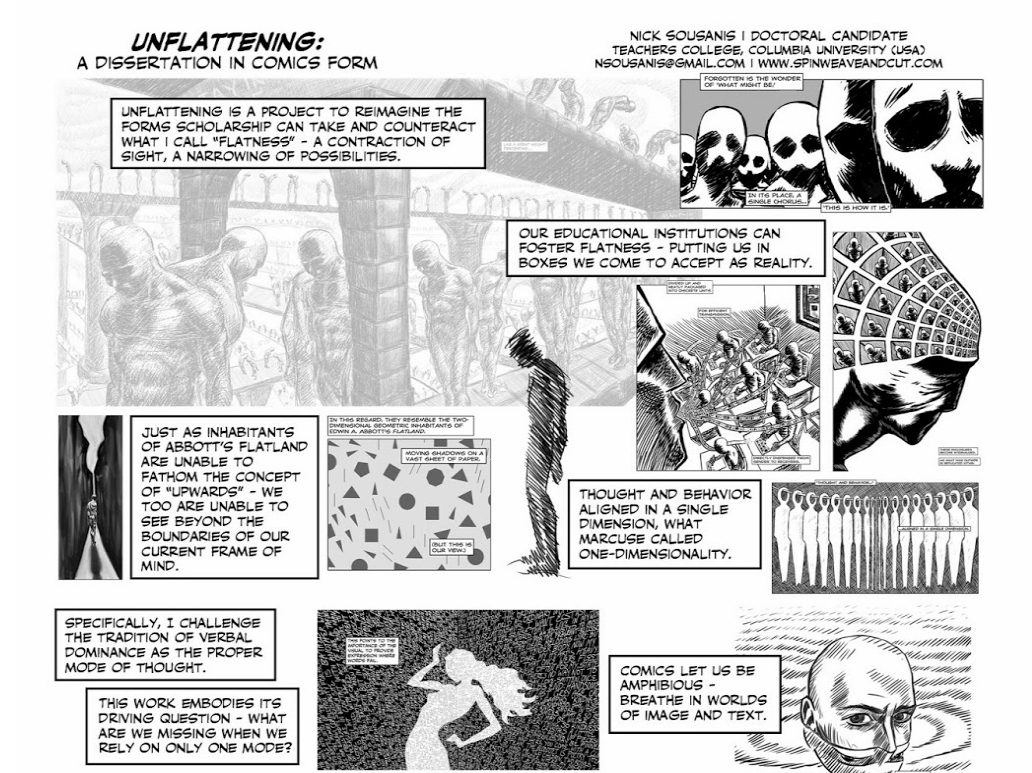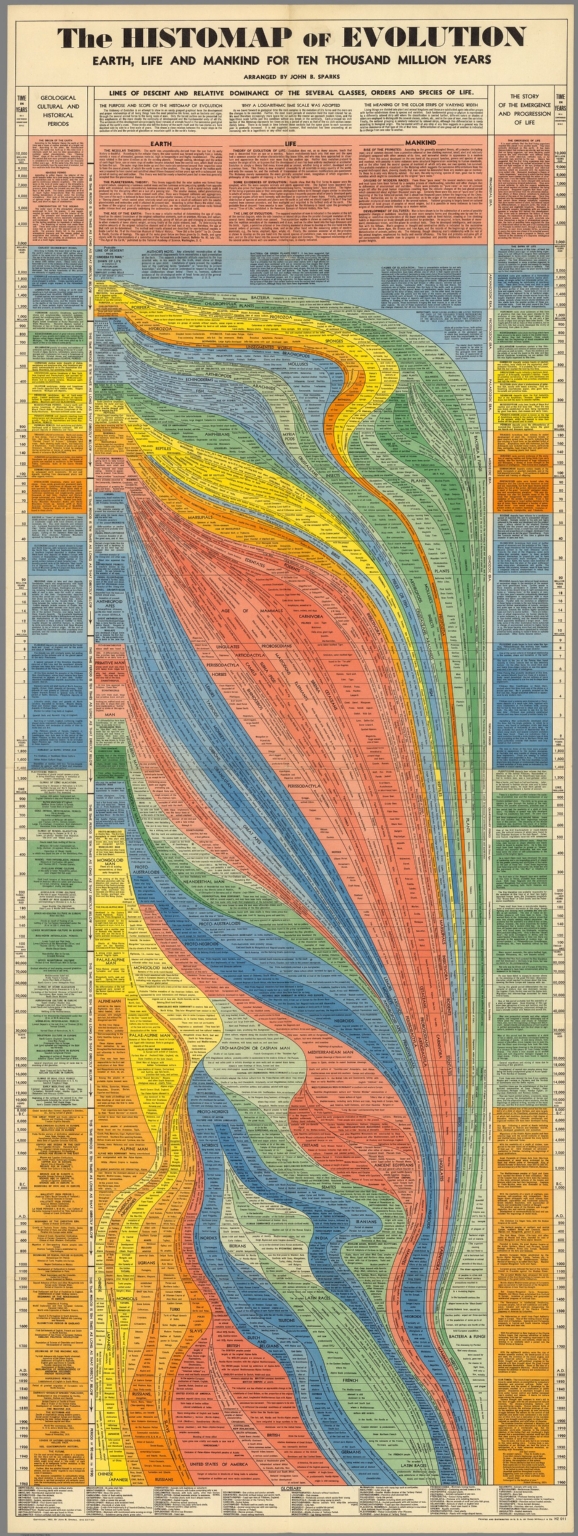As a sometime musician, it’s only natural that I want my four-year-old daughter to take an interest in music. Sure, it’s a fun bonding activity, and sure, there may be a bit of a stage dad lurking inside me at times. But I’m also convinced of the tangible benefits playing a musical instrument can have on one’s personal development. New science, it seems, backs up this intuition. The Washington Post reported last year on a recent study from Northwestern University which found that “Music training not only helps children develop fine motor skills, but aids emotional and behavioral maturation as well.”
This may not come as a surprise. And yet, the details of the study provide insights our intuitions about the power of musical education may lack. For one thing, as you can see in the CNN report above, the benefits of learning to play music as a child can last for decades, even if someone hasn’t picked up an instrument since those early lessons. As Dr. Nina Kraus, director of Northwestern’s Auditory Neuroscience Laboratory, explains, good musical timing is strongly correlated with reading skills and general mental acuity. According to a co-author of the study, James Hudziak, professor of psychiatry at the University of Vermont, early musical training was shown to have “accelerated cortical organization in attention skill, anxiety management and emotional control.” These brain changes can accompany us well into old age.
Another, Canadian study, published in February in the The Journal of Neuroscience, found that childhood music lessons boost the ability of older adults to hear speech, a skill that begins to weaken later in life. The study found “robust” evidence that “starting formal lessons on a musical instrument prior to age 14 and continuing intense training for up to a decade appears to enhance key areas in the brain that support speech recognition.” Even music lessons taken later life can help rehabilitate the brains of older adults. “The findings,” writes Science Daily, “underscore the importance of music instruction in schools and in rehabilitative programs for older adults.”
Music teachers certainly need this kind of evidence to bolster support for ailing programs in schools, and musically-inclined parents will cheer these findings as well. But before the stage parent in you begins enrolling your kid in every music lesson you can fit into the schedule, take heed. As Dr. Kraus discovered in the Northwestern study, forcing kids to show up and participate under duress won’t exercise their brains. Real, active engagement is key. “We like to say that ‘making music matters,’” says Kraus, “because it is only through the active generation and manipulation of sound that music can rewire the brain.” While musical training may be one particularly enjoyable way to strengthen cognition, it isn’t the only way. But even if they don’t stick with it, the kids willing to put in the hours (and yes, the longer the better) will experience positive change that lasts a lifetime.
Related Content:
Playing an Instrument Is a Great Workout For Your Brain: New Animation Explains Why
The Neuroscience of Drumming: Researchers Discover the Secrets of Drumming & The Human Brain
This is Your Brain on Jazz Improvisation: The Neuroscience of Creativity
Josh Jones is a writer and musician based in Durham, NC. Follow him at @jdmagness





